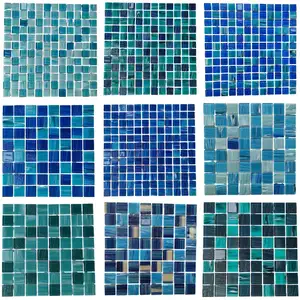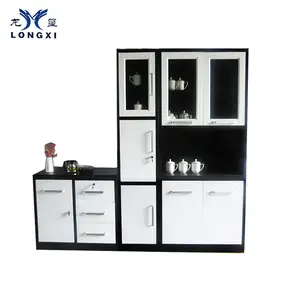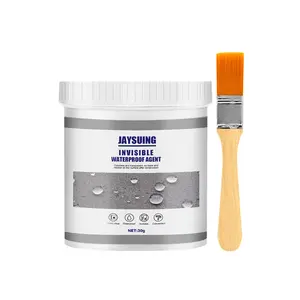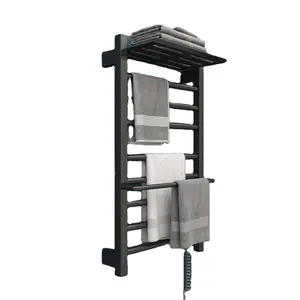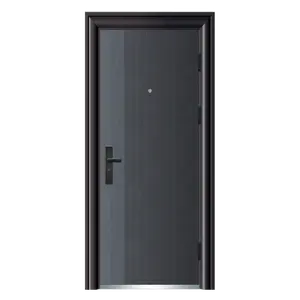Popular in your industry





























































Related Searches:



















































































































































Top categories
About wooden design acp panel
The term wooden design acp panel is used to describe a modern cladding material that combines the natural aesthetics of wood with the durability and resilience of aluminum composite panels. These panels are crafted to offer a wooden appearance, making them a popular choice for architects and designers looking to bring a touch of nature to their projects without compromising on strength and longevity.
Types and Characteristics of Wooden Design ACP Panels
Diverse in their offerings, wooden design acp panels come in various types, each tailored for specific aesthetic and functional requirements. From the rustic charm of vintage wood finishes to the sleek and modern appeal of polished grains, these panels can be customized to suit any architectural style. Some panels are designed to withstand harsher climates with enhanced UV protection and weather resistance, while others are focused on interior applications where style takes precedence over durability. The choice of panel type will greatly influence the overall design and can either act as a standout feature or blend seamlessly with the surrounding environment.
Structure and Operation of Wooden Design ACP Panels
The intricate structure of a wooden design acp panel is a marvel of modern manufacturing. Each panel is a composite, consisting of a non-aluminum core, typically made of polyethylene or fire-retardant materials, sandwiched between two aluminum sheets. The top layer, which showcases the wooden design, is treated with a protective coating to resist scratches and fading. This multi-layered construction not only imparts exceptional strength and durability but also allows for thermal expansion and contraction, preventing warping and maintaining the panel's integrity over time.
Materials and Properties
The choice of materials in wooden design acp panels is a careful balance between functionality and aesthetics. The core material provides insulation and impact resistance, while the aluminum sheets contribute to the panel's lightweight and formidable strength. The wooden texture is achieved through high-fidelity printing or lamination processes that can replicate the intricate patterns of wood. These materials are selected for their longevity, resistance to environmental stressors, and ease of recycling, making them a sustainable option for modern construction.
Business Usages and Applications
In the business realm, wooden design acp panels serve a multitude of purposes. They are a staple in the construction of facades for businesses seeking a corporate yet inviting look. In the retail sector, they are used to create impactful visual merchandising displays and shopfronts that draw in customers. The hospitality industry appreciates their ability to imbue spaces with warmth and luxury, while healthcare facilities value the antibacterial properties of certain panel varieties. The versatility of these panels extends to their use in signage, providing a durable yet elegant platform for branding.
Functions and Tasks
The wooden design acp panel is engineered to perform several critical functions. Beyond their primary role as a cladding material, they are integral to the thermal insulation of buildings, reducing energy consumption. They also play a role in fire protection, with fire-retardant cores available to meet stringent safety codes. Acoustically, they can dampen sound, contributing to quieter, more serene indoor environments. Their ease of fabrication means they can be adapted to various architectural elements, such as canopies, fascias, and signage, fulfilling both structural and decorative roles.
Features and Unique Selling Points
The wooden design acp panel boasts features that make it a standout choice in the market. Its lightweight nature belies its structural stability, making it easy to handle and install. The panels are also renowned for their flatness and rigidity, providing a smooth, uniform appearance that is highly sought after in contemporary design. The ability to digitally print or emboss designs onto the surface allows for limitless customization, enabling brands and businesses to create unique, eye-catching installations that are distinct from traditional wooden materials.
Benefits and Positive Outcomes
Adopting wooden design acp panels for construction projects brings a host of benefits. Their installation is quick and efficient, reducing labor costs and construction time. The maintenance of these panels is minimal, often requiring only occasional cleaning to maintain their appearance. For businesses, this translates to a lower total cost of ownership and a reduced need for disruptive maintenance work. The aesthetic benefits are clear, as these panels can elevate the design of a building, making it more attractive to potential tenants or customers.
How to Use and Operate
For optimal use, wooden design acp panels should be installed according to the manufacturer's specifications. They can be easily cut, drilled, and shaped during installation, allowing for a high degree of customization. Once installed, the panels are virtually maintenance-free, although regular inspections are recommended to ensure they remain securely attached and free from damage.
How to Choose the Right Panel
Choosing the right wooden design acp panel involves assessing the specific needs of the project. Factors such as climate, exposure to sunlight, and the presence of corrosive elements in the environment should guide the selection process. Additionally, the fire resistance rating and the sustainability credentials of the panel should align with the project's safety and environmental goals.
How to Clean and Maintain
Maintaining wooden design acp panels is straightforward. They should be cleaned with a soft cloth or sponge and a mild detergent solution. Abrasive cleaners or tools should be avoided to prevent scratching the surface. Regular cleaning not only preserves the panel's appearance but also extends its lifespan by preventing the buildup of pollutants that can cause long-term damage.
How to Install
Installation of wooden design acp panels should be carried out by professionals to ensure proper adherence to safety standards and building codes. The panels can be fixed to the building's structure using a variety of methods, including riveting, screwing, or adhesive bonding, depending on the design requirements and the nature of the substrate.
Target Audience and Needs
The target audience for wooden design acp panels is broad, encompassing sectors from commercial real estate developers to public infrastructure planners. These panels cater to the needs of those looking for a balance between high-performance building materials and the desire for a natural, sophisticated wood aesthetic. They are particularly appealing to clients who prioritize ease of maintenance, longevity, and environmental sustainability in their building projects.
How does the wooden design acp panel contribute to the aesthetic and functional aspects of a building?
The wooden design acp panel contributes to both the aesthetic and functional aspects of a building by offering the classic, warm look of wood while providing a durable, low-maintenance surface. Its versatility in design and application allows it to enhance the visual appeal of any structure while contributing to its safety and energy efficiency.
What are the key considerations when selecting a wooden design acp panel for a project?
When selecting a wooden design acp panel, key considerations include the panel's fire rating, environmental impact, design versatility, and the after-sale services offered. It's also important to consider the specific needs of the project, such as the local climate, building codes, and the desired lifespan of the cladding material.
How can businesses ensure the longevity and maintenance of wooden design acp panels?
To ensure the longevity of wooden design acp panels, businesses should adhere to the maintenance guidelines provided by the manufacturer, which may include regular cleaning and inspections to detect any potential issues early on. Additionally, taking advantage of the after-sale services can help in maintaining the panels in pristine condition.
